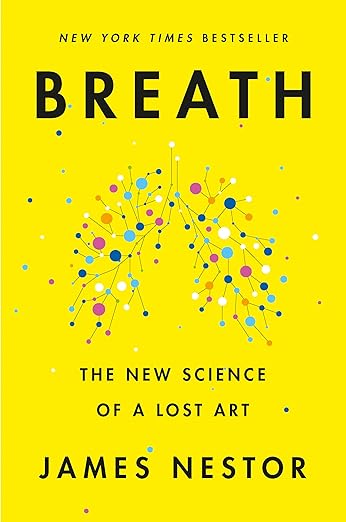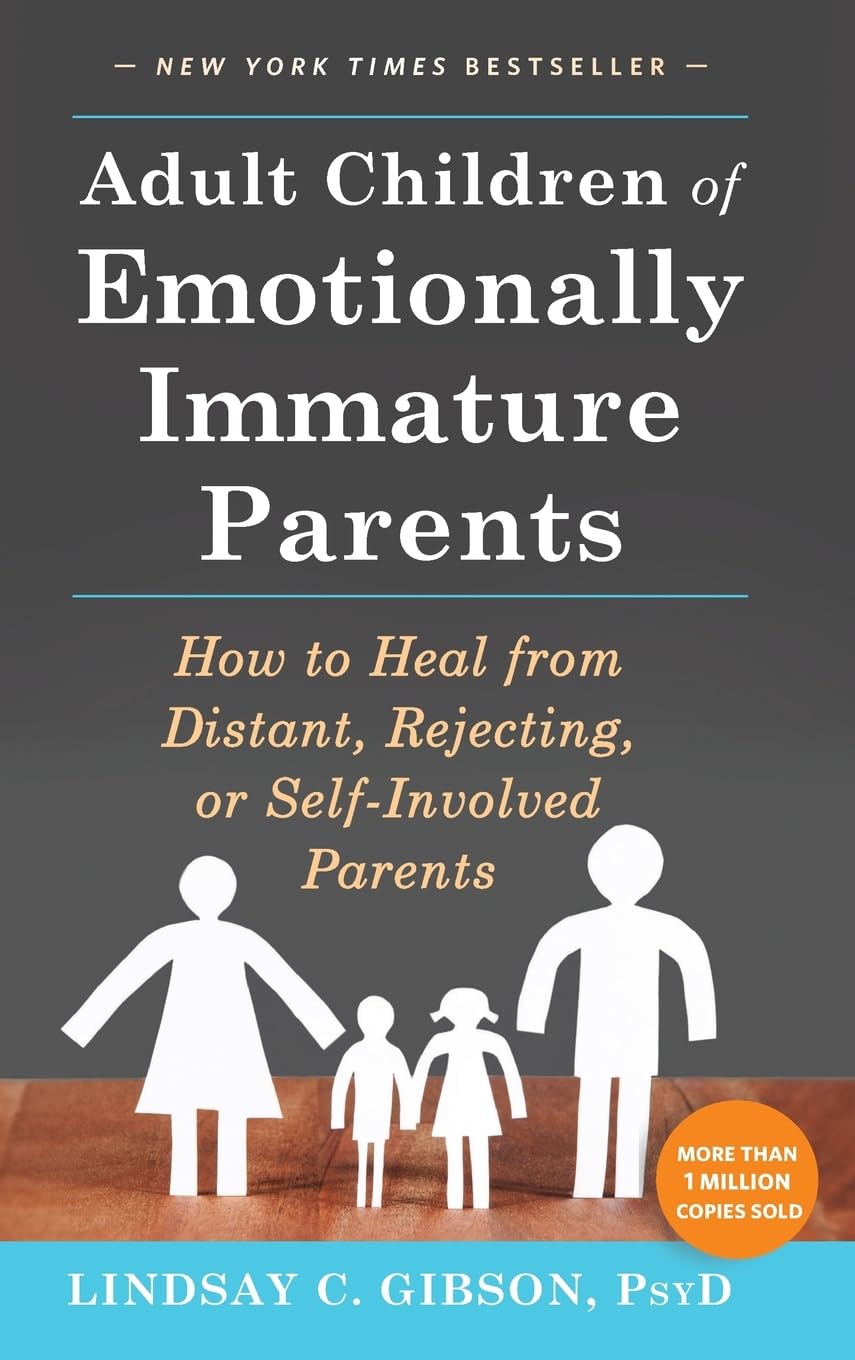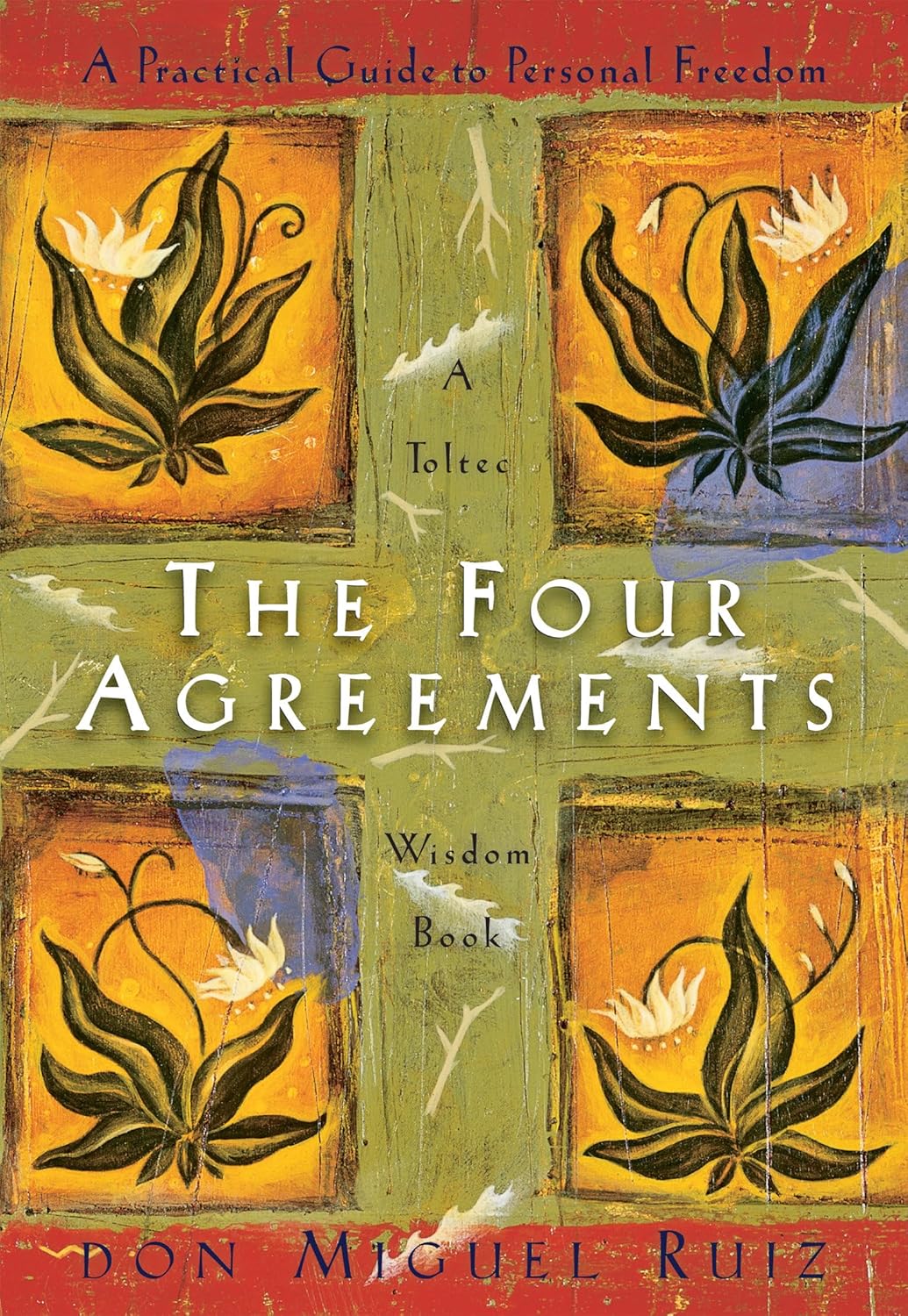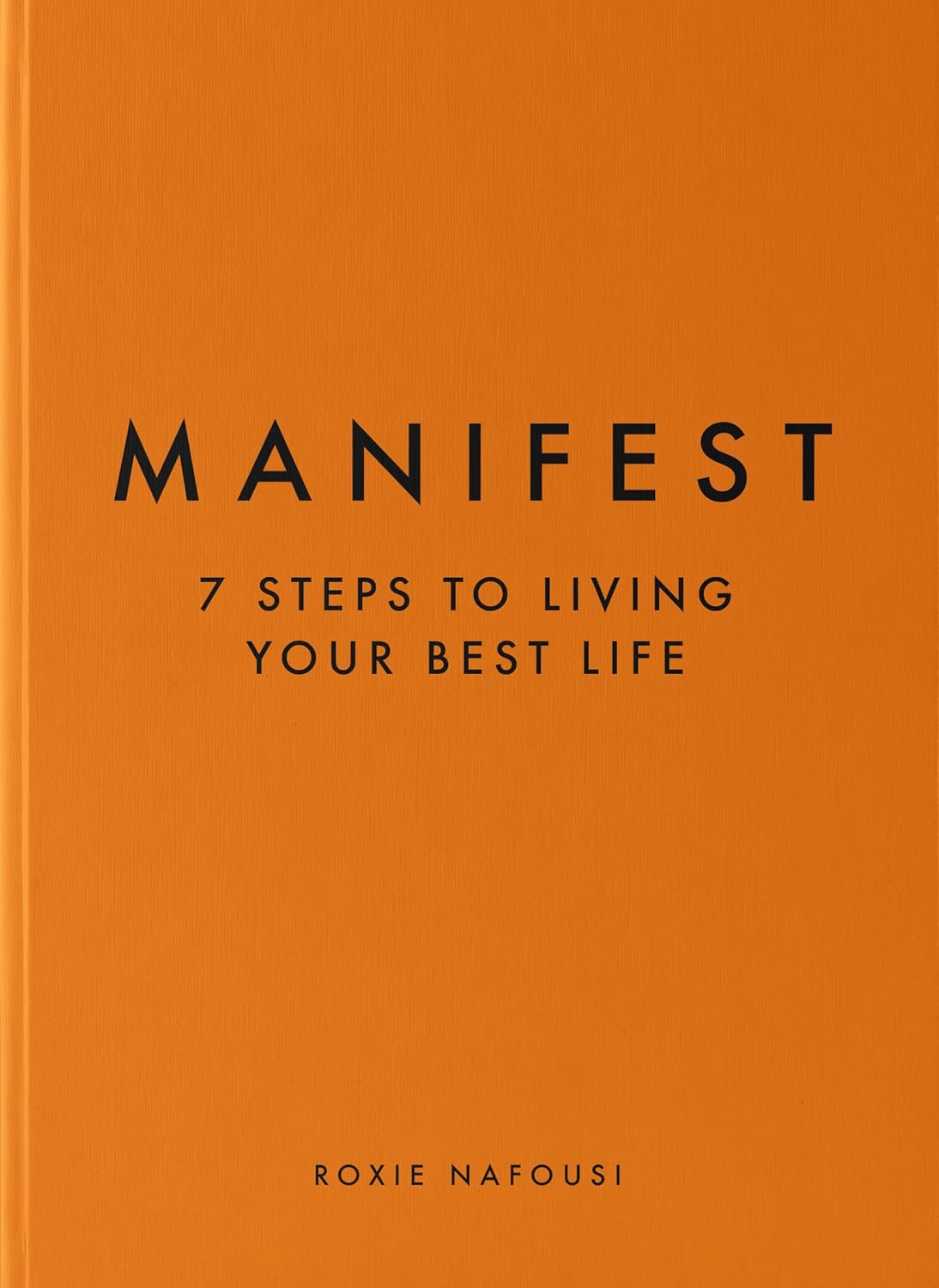
Buy The Book
Chapter
- Part One – The Experiment
- ✦ Chapter One – The Worst Breathers in the Animal Kingdom
- ✦ Chapter Two – Mouthbreathing
- Part Two – The Lost Art and Science of Breathing
- ✦ Chapter Three – Nose
- ✦ Chapter Four – Exhale
- ✦ Chapter Five – Slow
- ✦ Chapter Six – Less
- ✦ Chapter Seven – Chew
- Part Three – Breathing +
- ✦ Chapter Eight – More, on Occasion
- ✦ Chapter Nine – Hold It
- ✦ Chapter Ten – Fast, Slow, and Not at All
Breath: The New Science of a Lost Art

About
James Nestor, a science journalist, explores the forgotten art and science of breathing in “Breath.” He challenges the modern perception of breathing as an unconscious, unimportant act. Through scientific studies, historical accounts, and personal experiences, Nestor uncovers how dysfunctional breathing is contributing to a host of modern health problems.
Nestor investigates various breathing techniques, from ancient practices to cutting-edge research, to demonstrate how conscious breathing can improve everything from athletic performance and sleep quality to autoimmune responses and overall longevity. He emphasizes the importance of nasal breathing, proper exhalation, and mindful breath control. “Breath” serves as a compelling guide to optimizing this essential function for better health and well-being.

Spark
Learn
Review
Part One – The Experiment
✦ Chapter One – The Worst Breathers in the Animal Kingdom
The section starts with an examination in the Stanford Department of Otolaryngology Head and Neck Surgery Center. An endoscope camera navigates through the severely damaged sinuses. There’s a farewell to the nose for the next ten days, embarking on an experiment to breathe solely through the mouth.
For a century, Western medicine has considered the nose an ancillary organ, but Nayak, the chief of rhinology research at Stanford, finds this absurd. He believes the nose orchestrates vital functions and is keen to see what happens without one.
Silicone plugs and surgical tape block the nostrils, forcing mouth breathing. Forty percent of the population suffers from chronic nasal obstruction, and about half are habitual mouth breathers, with the blame placed on shrinking space in the human skull. Mouths grow narrower, the palate rises, and the nasal cavity shrinks, inhibiting airflow.
An X-ray reveals a V-shape palate and severe obstruction due to a deviated septum, along with deformities called concha bullosa. My airways are such a mess that Nayak is amazed I haven’t suffered more infections.
With a steel needle, Nayak grabs a culture of deep nasal tissue to find out how quickly bacteria accumulate in an obstructed nasal cavity. The nerves are designed to feel airflow, not steel brushes.
The experiment consists of plugging the nose and living everyday life, eating, exercising, and sleeping as usual, breathing only through the mouth. In Phase II, the same activities continue, but breathing switches to the nose, practicing breathing techniques.
As the journey starts, it leads far back. Our earliest ancestors appeared on rocks and learned to eat air, excreting oxygen. Aerobic life forms emerged, gulping in oxygen and excreting carbon dioxide, producing more energy. Mammals grew noses, throats, and lungs to breathe efficiently.
However, about 1.5 million years ago, the pathways for taking in air began to shift, affecting the breathing of every person. This may also the reason why more and more modern people are suffering from a variety of nasal problems such as nasal congestion and snoring.
✦ Chapter Two – Mouthbreathing
Now five days into the experiment, it’s apparent mouthbreathing is wrecking health. Each morning, like clockwork, I join Olsson in a ritual of physiological monitoring. Blood pressure cuffs are strapped, EKGs attached, thermometers stuck, and data meticulously logged onto spreadsheets. These numbers confirm what we already feel: awful.
My blood pressure’s spiked, landing me squarely in stage 1 hypertension. If left unchecked, that can lead to heart attacks and strokes. My heart rate variability, a sign of nervous system balance, plummeted, showing the body’s in distress. Pulse is up, body temperature down, and mental clarity has vanished. Olsson’s experiencing the same decline. It’s like we are trapped in Groundhog Day of perpetual and unending misery.
The bike experiment was Olsson’s idea, he’d spent about ten years researching the differences in performance between nasal breathers and mouthbreathers during intense exercise. But the world seems intent on reminding us how bizarre we appear. When I run into Antonio, he is shocked to see the pink earplugs in the nose, he smacks the back of his own head for emphasis.
We decide to conduct my exercise at the gym. However, all the people there are also mouthbreathing. On the stationary bike, follow Dr. John Douillard’s test protocol, I need to get to 136 then keep it there for a half hour. But, After I do a half hour of vigorous pedaling and openmouthed huffing, I’m sweating profusely and feel bleary-eyed, but I’ve pedaled a total of only 6.44 miles.
Decades before Olsson and I, scientists were running their own tests on the pros and cons of mouthbreathing. Egil P. Harvold gathered a troop of rhesus monkeys and stuffed silicone deep into the nasal cavities of half of them. The plugged-up monkeys developed the same downward growth pattern, the same narrowing of the dental arch, crooked teeth, and gaping mouth.
Now at the end of the experiment, lying on the bed, Every 3.3 seconds another blast of unfiltered, unmoistened, and unheated air enters through the mouth. Each night I’ve felt as if I was getting softly choked to death in my sleep and my throat was closing in on itself. My snoring has increased 4,820 percent from ten days ago, and I’m beginning to suffer from obstructive sleep apnea. I’ve found that mouthbreathing was also making me dumber.
Fortunately, Marianna Evans reminds me of a skull which offered a much-needed dose of hope. Now I need to figure out how to reverse whatever damage I’d done in the last ten days, and the past four decades.
Part Two – The Lost Art and Science of Breathing
✦ Chapter Three – Nose
Back at Stanford, after the nasal obstruction experiment, the nose is a mess. Plugs and tape are removed, replaced by cotton swabs to stem the tide. Relief comes later with a sinus rinse, allowing a first full breath. The scents explode, vivid and overwhelming, connecting to surroundings.
Smell is life’s oldest sense, more than just air entering the body. It’s an intimate link, absorbing the world, understanding, and reciprocating. Respiration is reciprocation and restoration. From now on, an attempt will be made to heal damage from mouthbreathing, using teachings from pulmonauts to expand the lungs, develop the diaphragm, and more. The first step is nasal breathing.
The nose clears, heats, and moistens air for easier absorption. It plays unexpected roles, like erectile function, triggering hormones, and regulating heart rate. Each nostril pulses with its own rhythm, opening and closing to moods and mental states.
Thirteen hundred years ago, the Shiva Swarodaya described how one nostril opens as the other closes throughout the day, following rhythms of the cosmos. In 2004, Dr. Bhavanani attempted to test these patterns, finding shared patterns during full or new moons. Scientists have long known of nasal cycles.
The nose’s interior is lined with erectile tissue, mirroring states of health. It becomes inflamed during sickness, with the nasal cycle quickening. The right and left cavities control temperature and blood pressure, feeding the brain chemicals to alter moods.
The right nostril is a gas pedal, speeding circulation and increasing alertness, activating the sympathetic nervous system. The left nostril is a brake, lowering temperature, reducing anxiety, and connecting to the parasympathetic nervous system. In 2015, researchers found a schizophrenic woman had greater left-nostril dominance, overstimulating the “creative part” of her brain. Breathing through the “logical” nostril reduced hallucinations.
Bodies operate best in balance, influenced by and controlled by the nasal cycle. Nadi shodhana manipulates body functions with forced nostril breathing. For days, attempts have been made to conduct alternate nostril breathing techniques. The most basic involves inhaling and exhaling through one nostril at a time. Clarity and relaxation have been immediate, though fleeting. The real transformation came from simply breathing through the nose, allowing nasal erectile tissues to flex naturally.
Measurements reveal blood pressure has dropped, heart rate variability increased, and carbon dioxide levels normalized. All these come from what happens inside, from all cavities and passageways, from the millions of air molecules that pass with each breath and that direct the rambling path are turbinates, covered with the mucous membrane to moisture and warms breath to the body, that cleans and pressurize air so that the lungs can extract more oxygen with each breath. The nose is the gatekeeper, the pharmacist, and the weather vane.
✦ Chapter Four – Exhale
Each morning, I roll out a mat and work on becoming more immortal. The path involves stretching: back bends, neck bends, and twirling from Buddhist monks for 2,500 years. These stretches, the Five Tibetan Rites, came via writer Peter Kelder. These lung-expanding stretches improve physical fitness, mental health, cardiovascular function, and extend life.
Researchers discovered that the greatest indicator of life span wasn’t genetics, diet, or exercise, but lung capacity. Smaller lungs meant quicker sickness and death, while larger lungs equaled longer lives, “literally a measure of living capacity.”
Aging involves losing lung capacity. Bones thin, rib cages collapse, and muscle fibers weaken, reducing air intake. Lungs lose 12 percent of capacity from 30 to 50, declining faster later. However, internal organs are malleable. Freedivers increased lung capacity by 30 to 40 percent.
Katharina Schroth, diagnosed with scoliosis, expanded her lungs to straighten her spine. She trained herself in “orthopedic breathing,” cured herself, and taught others, with her patients seeing great improvement. Schroth’s method confirmed the Chinese idea from 700 AD: “When the breath is perfect, the form is perfect (too).”
Lynn Martin offered another approach. The key to lung expansion is a full exhalation. Carl Stough found that opera singers had thin voices due to weak exhalations. He trained them to exhale properly, building respiratory muscles and enlarging lungs. His students gained clear and robust voices.
In 1958, he began to treat emphysema patients, realizing that they couldn’t get enough stale air out and that it is a disease of exhalation. Emphysema patients couldn’t absorb oxygen effectively because of damaged lungs, taking short breaths very fast and that the diaphragm had broken down, a muscle essential for breathing. Stough reminded them how to breath. X-rays proved that Stough’s patients were vastly expanding their lung capacity. With full exhalations, those with serious conditions started to see results, with patients able to walk again and leave the hospital.
✦ Chapter Five – Slow
During my session with Lynn Martin, she suggested a different approach to find a pace that would best soothe the nervous system and bolster health. Breathing at a natural pace—between 12 and 20 breaths a minute—is considered normal. The pulmonauts I’ve studied, however, had other ideas. They often advocated for breathing at half that rate: about 6 breaths per minute.
Several years ago, I met Dr. Patricia Gerbarg and Dr. Richard Brown, who taught me about “Coherent Breathing.” They believed that slow breathing, at a rate of about 5 to 6 breaths per minute, could coax the autonomic nervous system into balance, relieve stress, and even help to heal a broken heart.
The magic number, it turns out, is around 5.5 breaths per minute. This is what the German physiologist and yoga researcher Dr. Michael Lee found, after he hooked up 40 experienced yoga practitioners to sensors and found their breathing naturally slowed to that rate during deep meditation. It’s also what a growing body of research on heart patients, hypertensives, insomniacs, and stressed-out office workers is finding. Breathing at a rate of 5.5 breaths per minute—that’s about 5.5 seconds on the inhale and 5.5 seconds on the exhale—is the perfect balance.
This rate is so profound, and so obviously beneficial, that researchers have started to wonder if our bodies are somehow programmed to breathe this way. There’s a “resonance frequency” that exists within each of us, and that breathing at this rate allows us to tap into it.
Evidence for this theory exists in some strange places. For example, an American doctor named Albert Abrams found that human tissue emits electromagnetic energy. Abrams claimed that tapping specific areas of the abdomen triggered different currents that were tuned to certain frequencies, each corresponding to a disease. The frequencies for healthy people always clustered around 5.5 cycles per minute.
The 5.5 number also appeared in the 1990s, when researchers in Italy discovered that the most soothing mantra for lowering blood pressure, increasing vasodilation, and generally calming the nervous system in human subjects came out to about 6 seconds per syllable. That is, about 5.5 breaths per minute. The researchers tested mantras that were much faster and slower, but none were as effective as those that landed on 5.5 breaths per minute.
In the 2000s, other researchers noticed that the average length of exhalation during Christian prayer, Jewish chanting, and Transcendental Meditation was 5 to 6 seconds. When researchers measured heart rate variability and brain waves in these subjects, they found that the body and mind became more balanced during this period.
All this data confirms what monks, mystics, and pulmonauts have known for thousands of years: to sit and breathe, to focus on slow and steady inhalations and long, slow exhalations. It all works, in part, because it forces the body to breathe 5.5 times per minute.
✦ Chapter Six – Less
After the time spent with Lynn Martin, the focus shifts to understanding that less is often more when it comes to breathing. Over the past few decades, doctors and fitness experts have emphasized the importance of breathing deeply, filling the lungs to maximum capacity with each breath. But much of the ancient wisdom and modern science suggests that this approach is misguided. Taking smaller breaths, it turns out, is the key to calming the nervous system, improving circulation, and living longer.
The journey starts with Buteyko breathing. Developed by Ukrainian doctor Konstantin Buteyko in the 1950s, this method challenges conventional wisdom by advocating for reduced breathing. Buteyko observed that sick patients often hyperventilated, taking large, rapid breaths. He theorized that reducing their breathing volume could alleviate symptoms.
The core principle of Buteyko is to increase the body’s carbon dioxide levels. While often seen as a waste product, CO2 plays a crucial role in oxygen absorption. Higher CO2 levels allow the blood to release more oxygen to tissues and organs. Hyperventilation, on the other hand, depletes CO2, leading to oxygen deprivation, despite the increased air intake.
Buteyko breathing involves exercises designed to gently reduce breathing volume. These include breath-holds and controlled, shallow breaths. The goal is to create a slight air hunger, signaling the body to conserve CO2 and improve oxygen utilization.
Although initially met with skepticism, Buteyko’s method has gained recognition for its effectiveness in managing asthma and other respiratory conditions. Studies have shown that Buteyko breathing can reduce reliance on medication and improve quality of life for asthma sufferers.
By consciously breathing less, the body can rebalance its oxygen and carbon dioxide levels, leading to a cascade of positive effects, promoting calmness, improving circulation, and enhancing overall health. The key is finding the balance point.
✦ Chapter Seven – Chew
This chapter explores the profound connection between chewing, facial development, and breathing. It turns out that the act of chewing, something often taken for granted, plays a critical role in shaping the structure of the face and airways, ultimately impacting how well we breathe.
In past chapters, scientists have explored the mouth is shrinking, the palate is rising, and airways are narrowing. The problem, in part, stems from a common deficiency: not chewing enough. Modern diets, rich in processed and soft foods, require minimal effort to consume. As a result, the muscles in the face and jaw become underdeveloped, and the bones fail to reach their full potential size. The face collapses inward, crowding the airways and leading to breathing difficulties.
The power of chewing lies in its ability to stimulate bone growth and muscle development in the face. Strong chewing forces encourage the bones of the skull to expand outward and forward, creating more space for the tongue and airways. This expansion also straightens the teeth and promotes proper alignment of the jaws.
Orthotropics, pioneered by British professor John Mew, focuses on guiding facial growth through exercises and appliances that encourage proper chewing and tongue posture. These methods aim to restore the natural balance of the face and airways, improving breathing and overall health.
By consciously increasing chewing effort and adopting a diet that requires more vigorous mastication, one can positively influence facial development and create a more open and functional airway. This involves choosing tougher foods, chewing each bite thoroughly, and engaging the muscles of the jaw.
Ultimately, this section emphasizes that the simple act of chewing can have a profound impact on breathing, facial structure, and overall well-being.
Part Three – Breathing +
✦ Chapter Eight – More, on Occasion
After the deep focus on mindful breathing and controlled techniques, the exploration now turns to the occasional benefits of deliberately taking in *more* air than usual. Up to this point, so much emphasizes the importance of nasal breathing, slow breaths, and full exhales. Now, I am wondering what about the opposite situation: is overbreathing really that harmful, and, if so, what situations warrant doing it?
The exploration begins with a discussion of the “Bohr effect,” describing how carbon dioxide helps release oxygen from the blood, making it accessible to our tissues and organs. It had seemed that shallow breathing and tolerating a little air hunger may be good, but I still was wondering why our bodies evolved to breathe so much air when we exert ourselves.
Wim Hof, also known as “The Iceman,” is introduced, with an emphasis on overbreathing. This Dutch extreme athlete has promoted a breathing method involving rapid, deep inhalations and prolonged breath-holds. While such a technique might seem counterintuitive, it’s suggested it can produce various physiological benefits, including increased energy, enhanced immune response, and heightened tolerance to cold.
Overbreathing floods the body with oxygen, while breath-holding allows carbon dioxide to build up. This combination temporarily alters blood chemistry and triggers various responses. This practice has been used by freedivers to extend the duration of their dives.
However, researchers caution that overbreathing should be practiced cautiously, as it can lead to dizziness, tingling, and even loss of consciousness. It can also exacerbate anxiety in some individuals. I learned that, for short spurts, overbreathing may benefit. However, most of the time, nasal breathing and tolerating some air hunger can benefit in the long run.
✦ Chapter Nine – Hold It
I’m now delving into the science of breath-holding. It seems contradictory, given the earlier emphasis on consistent breathing, but controlled apneas, or breath-holds, can offer surprising benefits.
The exploration starts with free diving and its physiological impacts. These impacts are a good example of how we can use breath-holding to change the body. Free divers can slow down their heart rate, slow metabolism and shrink their spleen, all of which give them more time underwater.
The journey includes meeting with scientists who have found that breath-holding can be a powerful tool for managing anxiety and stress, and it also can help our body gain more access to our oxygen. The key lies in understanding the body’s response to carbon dioxide. When we hold our breath, CO2 levels rise in the blood. The body interprets this as a signal of air shortage, triggering the urge to breathe. However, with practice, we can increase our tolerance to CO2, reducing the discomfort and anxiety associated with breathlessness.
This adaptation can have a profound impact on our overall well-being. It can alleviate the feelings of panic that go with anxiety. Moreover, breath-holding can stimulate the vagus nerve, activating the parasympathetic nervous system and promoting relaxation.
However, it’s important to approach breath-holding with caution. Pushing too hard, especially without proper guidance, can be dangerous. The goal isn’t to deprive the body of oxygen to the point of distress, but rather to gently challenge our physiological limits and cultivate a greater sense of control over our breath. The science says that we should avoid pushing ourselves when we’re breath-holding, which can lead to drowning.
The chapter also goes into exercises such as box breathing, where people hold their breath for a certain amount of time. This all leads to better control of our breathing and can potentially change our minds.
✦ Chapter Ten – Fast, Slow, and Not at All
Now, the exploration moves towards understanding how to integrate all the different breathing techniques discussed so far into a daily routine, with the goal of health improvement, and then further explores how these techniques are used in different cultures.
A man named Sten Widow, who suffered from constant asthma, wanted to solve his condition using breathwork. When he visited doctors, they would give him inhalers, but they would only give him a temporary boost. He needed a more permanent fix.
Sten had heard of Buteyko breathing and had tried it for a week. However, a week had done nothing for him. It wasn’t until his teacher told him to start practicing daily, that he would start to see effects. As he started to combine Buteyko breathing with regular exercise, he started to see his asthma disappear.
From ancient yoga and buddhist practices, and the modern-day Iceman’s overbreathing, one of the central lessons from this journey of breath has been this: there is no one-size-fits-all formula for breathing. Everyone’s body is different, and the only way to know which breathing practice is right for you is to try them all. It’s okay to be a pulmonaut, finding which breathing practice works best for you.
At a meditation retreat with monks in Nepal, the monks revealed that much of their breathing practice was based on the phases of the moon, taking fast and rigorous breaths during the full moon, and relaxing during the new moon. Similarly, in other cultures like China and Japan, people will use deep, slow breaths to stimulate chi for healing and energy. It’s these various practices that give people the power to breathe themselves back to health.
For People
– Athletes
– Yoga practitioners
– People with respiratory issues
– Health and wellness enthusiasts
– Science and history buffs
Learn to
– Improved breathing habits
– Better understanding of respiratory health
– Enhanced athletic performance
– Increased mindfulness
– Stress reduction









